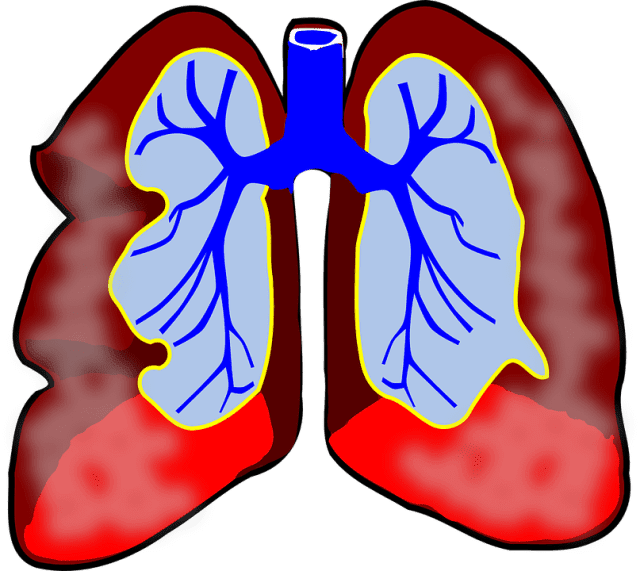
Avoiding a pulmonary embolism requires that you make as many lifestyle changes as you can. This is a condition that could be very hard on you, and you do not want to go to the doctor with a pain in your chest that you cannot explain. There are some tips below that will help you avoid this issue. However, it might require a full review of your medical history. There are certain medical conditions that could cause an embolism or make it worse.
1. What Is Your Medical History?
You must review your medical history with the doctor. You might have a blood platelet problem that makes your blood too thin. You might have anemia, or you might have a blood disorder that makes circulation slow overall. You could form an embolism because of any of these conditions, and your doctor needs to know if that is the reason why you have the embolism.
2. Preventing Embolisms
Preventing blood clots helps prevent embolisms. You might have a history of blood clots that could cause embolisms every time a clot dislodges. There are many people who have blood clots that never go anywhere, but you could form an embolism the first time a blood clot moves through your system. They usually get stuck in your lungs, and you could have pain, breathing trouble, and loss of balance because your oxygen intake is so low.
3. Lifestyle Changes
Changing your lifestyle requires that you have gone t the doctor to get a blood thinner, eating more protein to help with blood clots and blood flow. Your body becomes healthier only if you have engaged in a diet that reduces sugars, reduces fats, and increases protein. You need to reduce stress as much as possible because blood that pumps hard through your body could remove blood clots that will get stuck in your lungs. You should try to meditate every day, or you might take up the practice of yoga so that you can learn to relax.
4. Knowing Your Body
Knowing your body helps you avoid the pain and discomfort of an embolism. The embolism will cause pain in your chest that you cannot imagine. The pain tends to be very sharp, and you will have trouble breathing. You know when you are winded because you have been exercising, but you also know when your body is in pain for no reason at all. You must be careful with your body, and you should come to the doctor the moment that you realize you have a problem that cannot be solved easily.
5. Going On Medication
You need to be willing to go on medication to help control your blood clots and future embolisms. Someone who wants to stop a future embolism should go on any medication their doctor provides. Doctors will tell you to take certain medications because they want to control your blood flow, thin your blood, or stop your clots from dislodging. Your pulmonary embolism treatment plan might also include surgery to remove clots.
The pulmonary embolism treatment plan you get from your doctor should be planned to use your medical history. You must have a look at the plan that your doctor has put together, get to know your body, and consider changing your diet so that you get more protein in your system.
I hope you enjoyed this blog post about how you can treat or prevent pulmonary embolisms and stay heart healthy.
Interested in more articles about heart health and medical care?
Read Related Resources:
• Do The DASH Diet For A Healthier Heart
• How To Ensure You Have Enough Health Insurance
Free Frugal Fitness Finds Below
